Against Good Taste
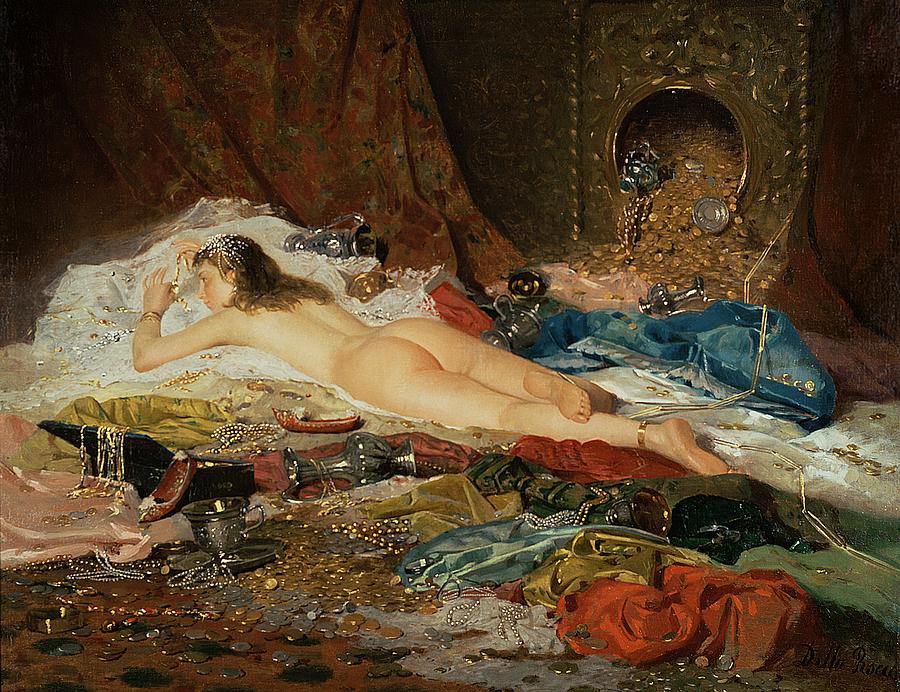
Good taste is an unrecognized danger. It directs society away from true beauty, and does particular damage to the fine arts community. It’s the keystone of high society beauty lies. In this article I’ll explain why you should reject it.
You can read my companion article on lies about feminine beauty here.
I. What is good taste?
What is good taste? First, it has a positive meaning: the combination of mental resolution and aesthetic refinement derived from experience. But it has a negative meaning as well: aesthetic snobbery, a form of status signaling. Unfortunately, these two meanings are closely linked in practice.
Mental resolution is analogous to good vision. Just as someone with poor eyesight is unable to register visual details, a slow-witted person is unable to sense all the factors that make an aesthetic object more beautiful or more ugly. Consequently, he enjoys examples of beauty that, while pleasant in their general outlines, are underwhelming or even ugly on a finer level of detail. Those who can notice these details infer his stupidity.
Sheer stupidity isn’t the only cause of low mental resolution in matters of beauty. Those who are lopsidedly trained toward a narrow range of expertise, and those who haven’t devoted sufficient time to the contemplation of the beautiful tend to have a similar handicap. Young people as well. Their minds are just starting to grapple with the perception of beauty, and so their initial preferences lack refinement. Even the brightest children are drawn to music of surface prettiness but low quality.
You can already guess how the first meaning of good taste leads to the second meaning. Because we all recognize that the ability to perceive beauty with detail and precision is a sign of quality, it becomes beneficial to display that ability. We may do this quite unconsciously in a social setting. In fact, it even becomes beneficial to exaggerate or feign clear aesthetic perception.
II. A perverse signaling game
From this follows an absurd but sadly common social-signaling spiral. To increase their status, people begin to endorse opinions about beauty and art that sound impressively perceptive, regardless of whether they’re genuine. In other words, they game the test.
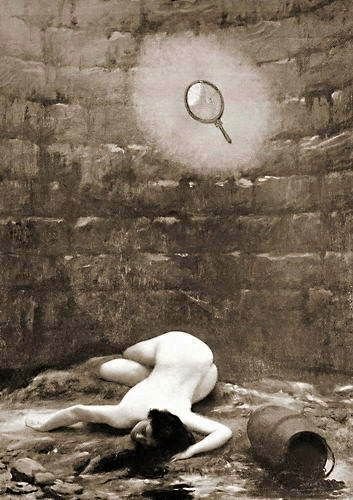
The easiest way to achieve a high score in the game of good taste one-upmanship is to praise art that’s incomprehensible to peasants and opposite to their tastes. This demonstrates superior perceptiveness and status at the same time. It doesn’t particularly matter if the art is any good.
But to win the game outright, the best tactic is to go a step further, and praise art that verges on incomprehensible nonsense. If a man who lauds nonsense puts on a sufficiently impressive front, he can convince his audience that he’s speaking to them from a higher plane of aesthetic perception. The beauties he sees and praises are invisible to mere peasants. In fact, if anyone calls him out on his pretensions, it proves they’re mere peasants too.
The quintessential example of good taste snobbery is a New York art critic claiming that a meaningless jumble of squiggles on a canvas is the pinnacle of beauty and meaning. You can’t see it, but that’s because his aesthetic perceptions are far better than yours.
This doesn’t normally happen on an individual level. Art critics have a kind of herd intelligence that allows them to agree on which ugly and meaningless things to praise; and by offering a collective narrative, they succeed in creating a powerful illusion of perceptive superiority.
A quirk of group dynamics helps critics to stay on the same page and shut out dissenting voices. Proclaiming allegiance to absurd beliefs provides a stronger signal of group loyalty than acknowledging the truth. Anyone can do the latter; only a true partisan is willing to do the former. Those who refuse to repeat the lies are easily identified and ostracized.
But art critics are just an extreme example of a general trend. In social settings where good taste is valued as a class indicator, many people play the game, taking the views of critics, or similar opinion-creators, as their pole star, and feigning aesthetic preferences they can’t really feel. The most socially capable actually do manage to feel something. Their sense of status runs so deep that they begin to believe the opinions they feign are their own. Aesthetic preferences that cultural leaders once conjured out of thin air are imprinted on their brains.
The pernicious good taste signaling game isn’t limited to the art world. We can see it in the world of high fashion as well. Just like art critics, fashion critics have agreed on an unusual standard of feminine beauty that has little relation to normal preferences. Once again, critics and designers rally around an absurd ideal, because that’s the most effective way to distinguish their tastes from peasants’ and demonstrate group loyalty to the established fashion community.
You might argue that the highfalutin pretensions of a few art and fashion critics are irrelevant in the real world. But this isn’t true. The small group of elite tastemakers who dominate cultural commentary have a powerful trickle-down effect. Both higher education and high-circulation periodicals like Vogue and the New York Times imprint the public with a delayed and diluted echo of elite taste.
More dangerous still, these elites and others like them can define the limits of respectability. In other words, they control the Overton window, in aesthetics and beyond. This allows them to determine what the striving middle classes are allowed to think, and funnel them toward “correct” views.
Of course, the average person isn’t completely fooled. But he is shepherded in a direction the cultural elites have chosen. Lower-class hourly laborers sometimes have the most accurate and unbiased opinions about beauty, simply because they’re not engaged in the same signaling games. They don’t feel the compulsion to echo opinions that are considered respectable in high society.
The broad social effect of cultural elites’ malfeasance is evident even in areas that would seem to be immune to interference. Consider sexual preferences, for instance. The fashion industry tricks many young women into chasing the elongated, emaciated figure it promotes. They feel as if they’re on the path to true beauty and sexual success. Few men will endorse the fashion industry’s ideal physique, but they do hedge their bets. They typically only admit to preferring women who fall in between their real preferences and the respectable ones.
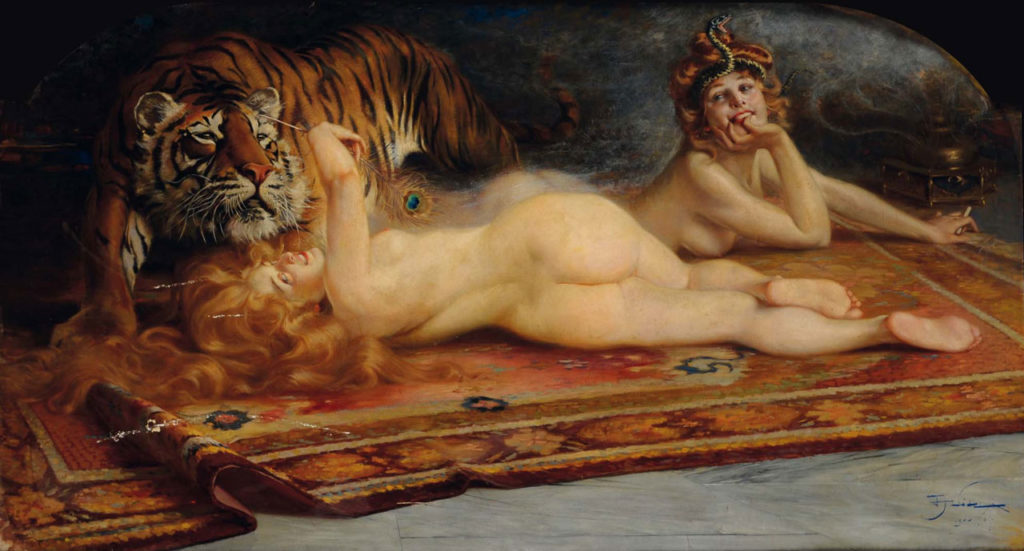
In sum, the good taste signaling game causes confusion and widespread preference falsification that damages our broader society. It directs money and talent at fraudulent forms of “beauty,” and deprives genuine beauty and art of resources and attention.
In a well-functioning society, social status is closely aligned with genuine good, and therefore even morally mediocre people strive to do good deeds. Perverse status competitions like the good-taste game break this alignment. When elites add their own ulterior motives to the mix, sometimes promoting bad art for the sake of social engineering or political advantages, the resulting brew is both potent and dangerous. That’s why we need to critique negative-sum status competitions openly and vocally.
III. A genealogy of taste
Nevertheless, there is a positive reason to engage in this feigning and grasping after cultivated taste.
As a child grows into a man, he mimics the mannerisms of adults, sometimes before he can fully understand them. This helps him to become a mature adult more quickly.
Because of this learning mechanism, a natural part of any young aesthete’s development is to turn against the simple, primary tastes of his childhood and explore instead the aesthetic objects and preferences that society presents to him as cultivated and mature. At the peak of this turning motion, the developing aesthete may reject anything resembling the simple tastes of his childhood. Instead he indulges in art that’s ugly and unwelcoming, but which rewards his growing brain with hidden complexities that would have been beyond his younger self.
This natural developmental process brings our developing youth dangerously close to dishonest art critics, who become his next temptation.
But let us suppose, unlikely as it may be, that our young man is immune to status games. He resists the temptation to jump headfirst into the jacuzzi of socially advantageous lies. He refuses to outsource his aesthetic opinions to critics and professors. Has he arrived at the truth? Not yet.
His perceptions are still being determined by the rejection of his childhood intuitions. This rejection was artificial: a method that helped him to grow beyond his original simplicity, not a genuine window to beauty. So there is another, further stage of development he must pass through. He must reclaim the enjoyment of the simple beauties that he knew in his early youth; and reclaim the enjoyment of obvious, superficial beauty in general.
Intellectual midwits often fail at this stage. Socialites, superficial and status-obsessed from the beginning, never come close to passing through it. Art critics know widespread success here would spell their doom, and do their utmost to bar the way.
And so, if our young aesthete is to find true beauty, he must pay the toll of lower status!
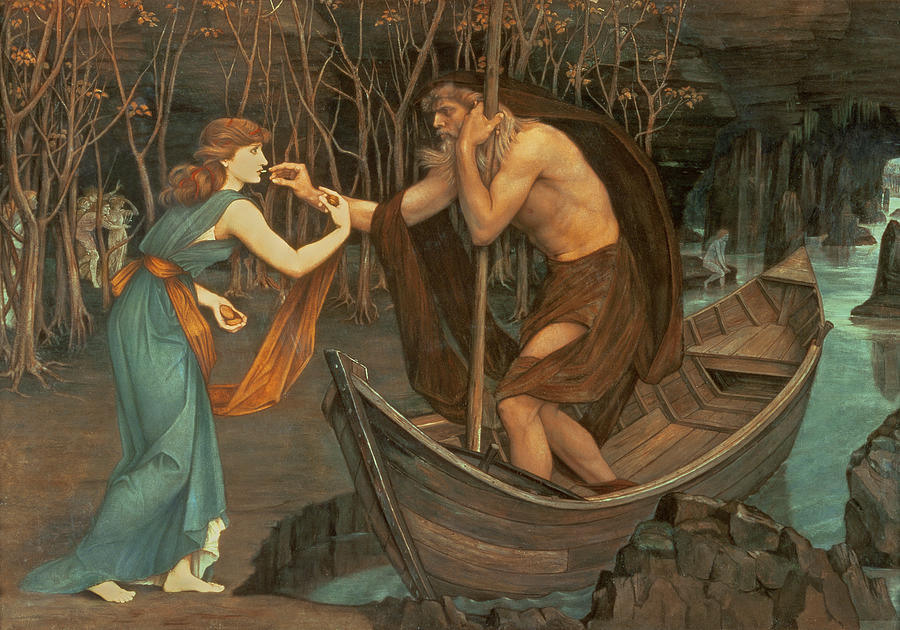
But our young aesthete is not yet done. If he were to revert to the opinions of his youth, or to embrace the easy tastes of the disinterested and unperceptive, his journey would have been for nothing. Instead, he must pass through one final stage. He must integrate his renewed enjoyment of surface beauty with the perception of refined detail he cultivated during his awkward learning period. Only then will his appreciation for art and beauty become complete and thorough.
There is a sad side-effect to his success. His tastes no longer align with high society, but they don’t align with low culture either. Nor can he furnish any objective evidence that he’s reached the truth. Like a mountaineer, his search for beauty has brought him to a lonely pinnacle.

IV. A false solution
In cultivated circles, there’s a common way to reclaim enjoyment of both the simple, obvious beauties, and the subtle, refined beauties. Wear one face to society, and another in private, and thereby avoid the loss of status that results from exhibiting poor taste. Consider the home of a university professor. Downstairs, his shelves are filled with respectable books: Proust, philosophers, academic publications. Upstairs, where guests never go, are wall-to-wall pulp novels. Romance, mystery, thriller, in great quantity.
In recent years this approach has come into the open. Prestigious universities offer expensive but useless courses on television and mass media alongside courses on whatever form of modern art is currently considered to be in good taste. At the same time, they reduce the role of the traditional artistic canon. But these changes, which appear to respond to my criticism, are not an improvement.
You can’t find true beauty by juxtaposing the brute mediocrity of mass media with the artificial construction of academic “good taste.” This strategy is merely a release valve for the rising intuition that good taste is itself a lie. The main effect of letting off steam in this way is to permit grating errors to persist.
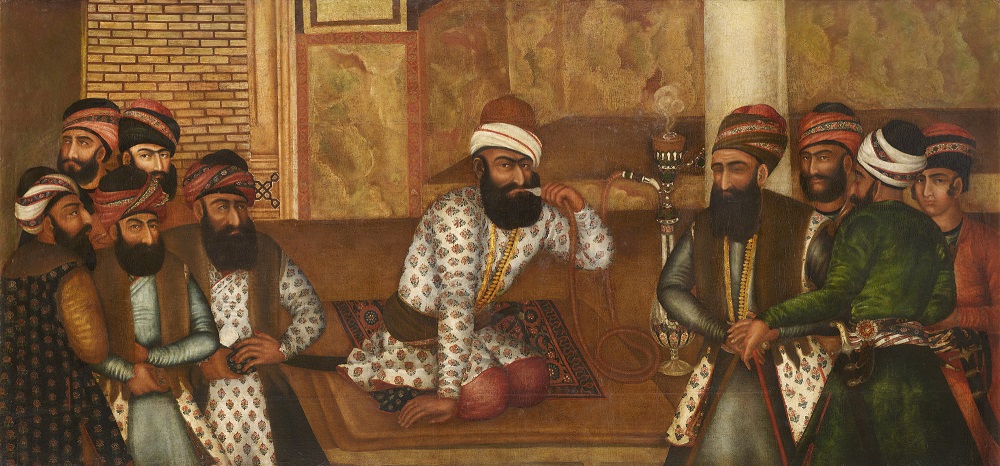
V. What is to be done
The specifics of what constitutes good and bad taste change over time. Perhaps one day Proust will be considered in bad taste, and the autobiography of a porn star in good taste. Anti-intellectualism, after all, is the final form of intellectualism; reverse snobbery the most perfect form of snobbery.
The only way to find true beauty is to look for it directly, using your innate mental compass, and ensure that the magnets of social pressure aren’t close enough to disturb the natural tendency of its needle.
Social competition isn’t the only reason people fail to do this. Innate laziness is an issue as well. The most common form this laziness takes among those who are genuinely interested in art is the application of predetermined conceptual categories, which serve as convenient markers of quality, as a substitute for direct intuitive evaluation.
Looking closely at an aesthetic object and testing it against your intuitions takes effort. For instance, if you encounter a piece of music in an unfamiliar style, you may need to listen to it five or ten times before you can comprehend it well enough to make a meaningful judgment. That’s true even for a masterpiece. Most will turn the new music off after a single play, and listen instead to styles that are already familiar. This laziness inhibits genuine innovation, so popular success falls to small variations on the dominant style.
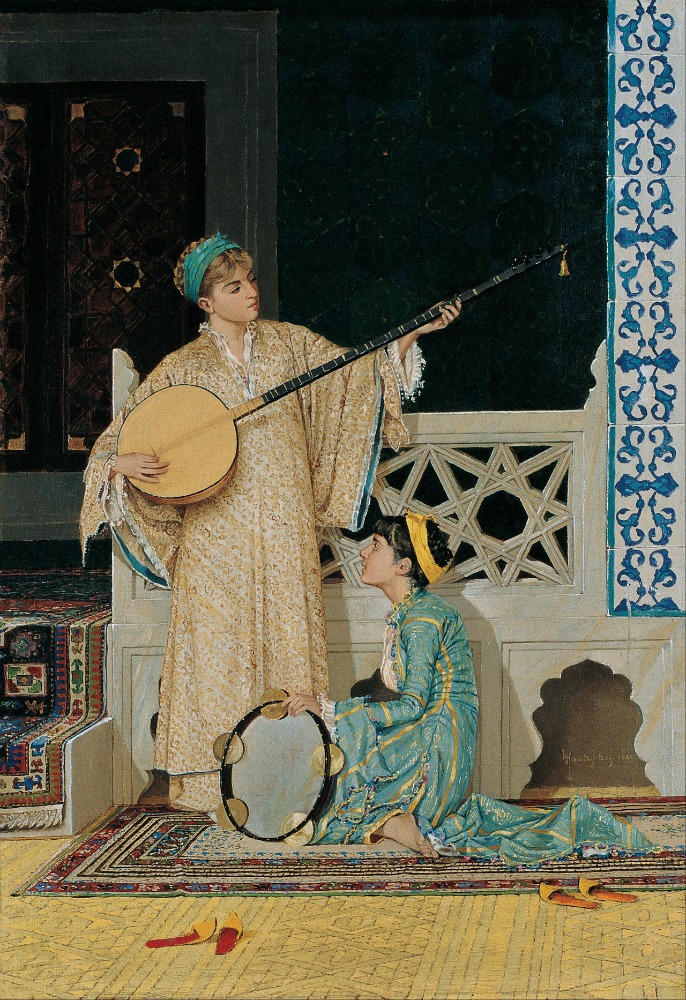
But taken alone, renewed cultivation of direct intuition only helps to solve the problem on an individual level. Is there any way to correct the negative effects the good taste game has on our broader society?
In the past, those who’ve recognized the trouble with good taste have tried to refute it with specific examples. And specific examples do illustrate the perverse consequences of good taste persuasively.
For instance, whether or not Gerome is really in the front rank of artists, it’s obvious that the longstanding critical consensus rating Pollock’s work above his is and was absurd. You may assume the fad for modern art is over, but consider the current value of the Pollock painting below. At its nadir in the mid 20th century, Gerome’s most famous Orientalist painting sold for just $500. These numbers have not yet reversed, though perhaps in time they will.

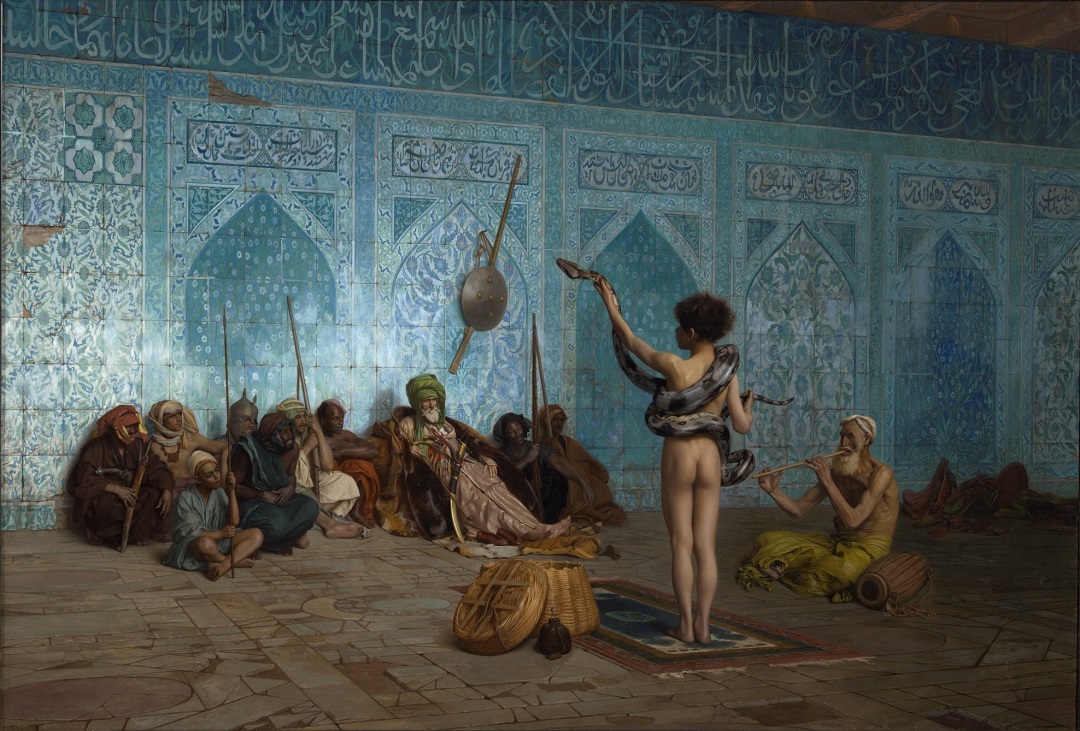
However, if we succeed in cutting down a particularly egregious instance of good taste, like abstract expressionism or rail-thin fashion models, the game mechanics explained in the second part of this article will simply generate some new instance that is once again skewed away from genuine aesthetic quality. Targeting specific excesses doesn’t get to the root of the problem. That’s why the endless critiques of ugly trends in modern art never change the system that generates them.
The only permanent solution is to end the game outright by making its perverse mechanics common knowledge. The critique needs to be loud and vigilant, until the game itself seems odious, and participation in it becomes a marker of low status.
It’s important to note that this solution can be generalized.
The members of a healthy society compete in positive-sum status games; the members of a declining society compete in negative-sum status games. The most powerful way to improve society is to correct this on the highest structural level. Make participation in negative-sum games low status, and participation in positive-sum games high status. Everything else will take care of itself.
Social critics should therefore direct vocal opprobrium at all negative-sum status games. When it costs more status to play a game than the players can earn if they win, participation will evaporate. Redirect competition into positive-sum status games instead, by glorifying the games and players.
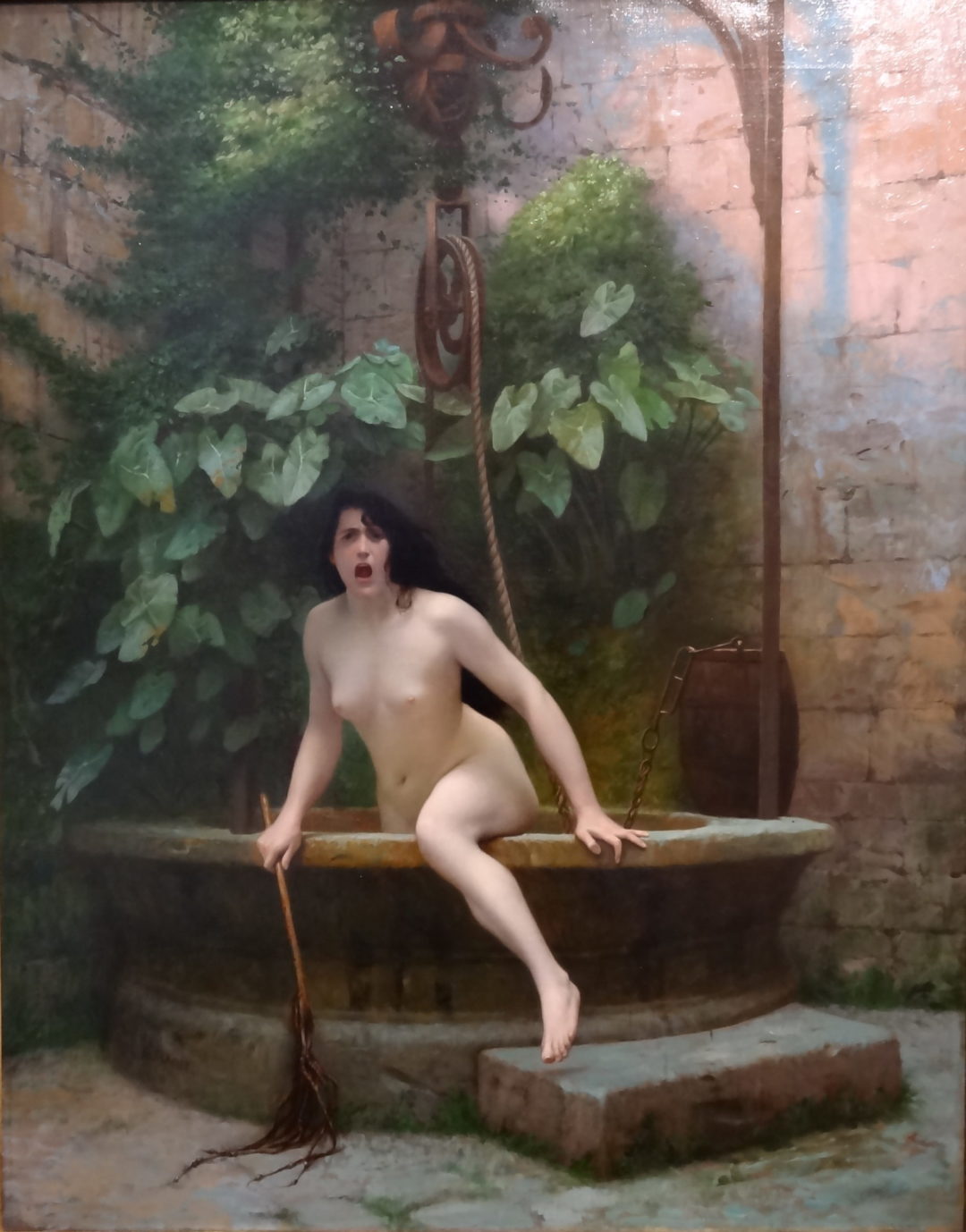
The battle against good taste may involve some polemics, at least initially. For instance, when Harold Budd, a former avant-garde composer, wrote consonant music “for topless choir,” his purpose wasn’t really to have his music performed by a topless choir, but to be polemically pretty to a point that offended cultivated, respectable opinion.
Orientalist art has a similar effect. Are you really looking, it asks, or will you close your eyes and succumb to the entrenched stigma against sensuous exoticism?
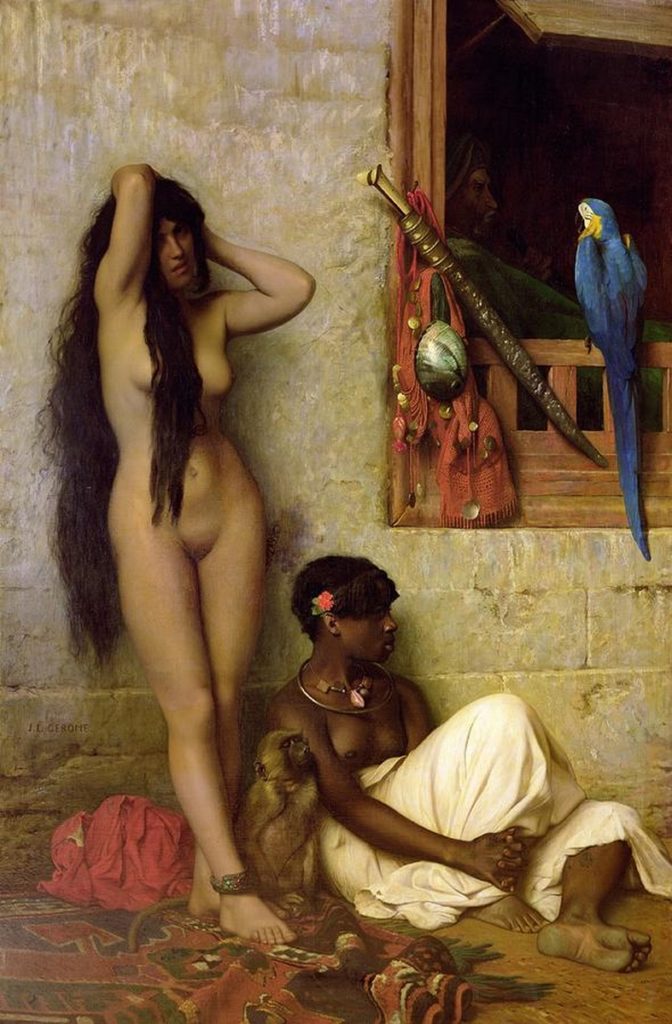
And now that you understand the danger of good taste, what better way to cleanse yourself of it, once and for all, than to immerse yourself in the memoirs of a humble Oriental sex slave trader and aspiring evil vizier, complete with lavish illustrations?

More writing by J. Sanilac
Trust Networks – how we actually know things
Dispelling Beauty Lies – the truth about feminine beauty, including practical advice for women
101 Ways To Be Prettier, Sexier, and More Seductive - simple tips for fast results
Ultrahumanism – a middle path through the jungle of modern and future technology
A Pragmatical Analysis of Religious Beliefs – are pragmatism and belief opposites?
Against Good Taste – aesthetics and harmful social signaling
Critique of the Mind-Body Problem – it's not solvable
GIMBY – a movement for low-density housing
The Illusion of Dominance – why the redpill is wrong
End Attached Garages Now – a manifesto
The Computer-Simulation Theory Is Silly – GPWoo
Milgram Questions – what they are and how to call them out
Amor Fatty – how an obesity cure will end the body positivity movement
How to Seduce a Billionaire – 100% guaranteed* method.
Ailom – how AI permanently makes everything less meaningful